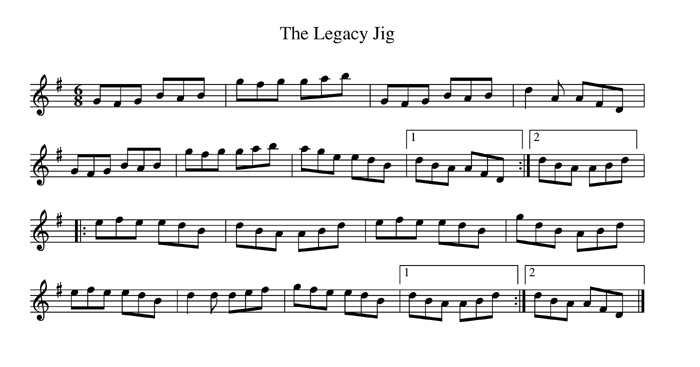Health Care Costs: Statistics And Solutions
HEALTH CARE COSTS: STATISTICS AND SOLUTIONS (ISSUE 89)
By Diane Gold
 Health care costs make it difficult or impossible for all Americans to afford the services they deserve. After surprising a young college student friend of mine from India over the fact that everyone in the United States does not have all the necessities, I decided to look into health care costs.
Health care costs make it difficult or impossible for all Americans to afford the services they deserve. After surprising a young college student friend of mine from India over the fact that everyone in the United States does not have all the necessities, I decided to look into health care costs.
Health care costs make it difficult or impossible for all Americans to afford the services they deserve. After surprising a young college student friend of mine from India over the fact that everyone in the United States does not have all the necessities, I decided to look into health care costs.
Isabelle Wachsmuth of the Evidence Informed Policy Network at the WHO (World Health Organization) strategizes by saying,
“Solutions cannot be fragmented [to be effective].
“The number of initiatives in health are multiplied exponentially and are growing without coherence and convergence and continue to strengthen the various conflicts of interest and competition between the different actors. It is therefore not the reflection of collective and collaborative intelligence, which [is] necessary for the survival of humanity.”
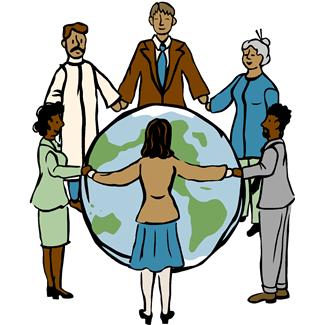
This powerful statement recognizes the need for collaboration and the limitation of focus on competition. Our article, today, will look at the United States, some statistics and suggestions for possible reduction in cost. Ponder this: could pooling the resources of all health care organizations lower health care costs?
ACTION THOUGHT
So let’s give this quote some serious thought and take note. We could share our discoveries, from now on, so that everyone can benefit from each of them. Unfortunately, sometimes, keeping our information proprietary so that we, our company and our country can benefit, economically and politically, is part of our employment contract or ego driven. It often slows down or disables access of the scientific magic discovered to those who can’t pay for it at the proprietary price.
HOW MUCH WE SPEND
According to the National Center For Healthcare Statistics, NCHS, part of the Center For Disease Control And Prevention (CDC), which falls under the domain of the US Department Of Health And Human Services; as of 2010, we, Americans, spent $2.6 Trillion for health care. That’s $8,402 per person. This doesn’t mean each individual took $8+ thousand dollars out of her pocket to pay for health care. It also doesn’t mean that some of us haven’t paid one-and-a-half times for individual health insurance cost alone, not including the health care and prevention services we have to pay for, over and above what the insurance covers. And, if we include dietary supplements as part of prevention, rather than as part of our food budget, we can add between $50 and $100 per month per person.
WHAT OUR SPENDING MEANS
We spend 17.6% of our money on health care according to the NCHS 2012 report of 2010 stats. This means that, if we make $20,000 a year, we spend 17.6% $3,520, on health care, right? And that if we make $100,000, we also spend 17.6%, $17,600, on health care, right? It is obvious that this is not possible with our present system. We are not billed on a percentage of what we earn basis. We are billed based on the national accepted rates for services. So this means that, according to the national average, if we make $20,000 or $100,000 per year, we pay $8402 for health care.
This ends up being 42% for the person who makes $20,000 and 8.5% for the person who makes $100,000. What’s wrong with this picture?
HEALTH CARE, THE HUMAN RIGHT
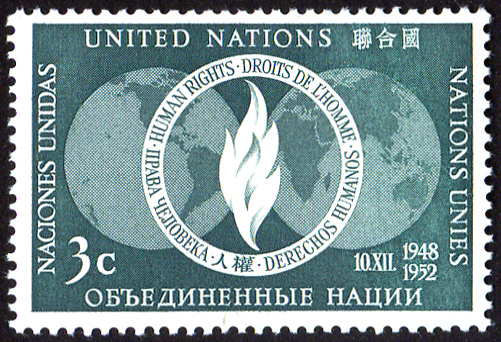 Although about 1/6 of our income in the United States goes to health care, how can we maintain that health care is a human right if some people can’t afford it? Or do we consider health care a privilege? And, if we step off our continent for a moment and look at the fact that the amount I pay for health insurance per month could pay for the health care of 15 people in most African nations for the same month, or in the Congo or Burma, for 45 people.
Although about 1/6 of our income in the United States goes to health care, how can we maintain that health care is a human right if some people can’t afford it? Or do we consider health care a privilege? And, if we step off our continent for a moment and look at the fact that the amount I pay for health insurance per month could pay for the health care of 15 people in most African nations for the same month, or in the Congo or Burma, for 45 people.
Yes, we have public assistance programs for those who qualify. What about the many who have more than $2,000 in the bank so they don’t qualify? (This requirement may change as of January 1, 2014).
OUR MEDICINE
We have the best medicine in the world, the best clinics, the best medical advisors, the best equipment. The cost for access is large, so not everyone has access. Shouldn’t they?
COMPARED TO OTHER COUNTRIES
The United States has the highest percentage of money of any country spent on health care. We pay $8402 per year per person, on average. This is 17.6% of our purchasing power. Other developed countries come in at 9-11%.
DIETARY SUPPLEMENTS
According to National Health And Nutrition Examination Services, a part of the CDC, in a measure of 5,000 random people in the United States over 20 years old from 15 communities; a 2004 study showed that 52% use supplements, 35% take multi-vitamin/multi-mineral supplements., 24% take antacids. That could indicate a country full of stress or eating issues and diligent calcium supplementation at the same time.. In all categories, the over 60 set uses more supplements than any other age group.
The bottom line, though, is that the supplement industry brings in $20 billion a year. Would food education starting in kindergarten reduce our need and thus reduce our spending? Or could food education increase our use of supplements and reduce our need for medical treatments?
POSSIBLE ACTION STEPS FOR CONSIDERATION
I am certainly no expert in the field, yet I care deeply that health care be a human right to every person. I have compiled a list of possible action steps that could reduce health care cost dramatically.
 1) Create an institute whereby each member commits to donate 10% of her time at the job she currently has to people who cannot afford medical care or treatment they don’t rack up a life-long medical debt. Members would include general doctors, specialists, surgeons, nurses, clerks, radiologists and hospital staff.
1) Create an institute whereby each member commits to donate 10% of her time at the job she currently has to people who cannot afford medical care or treatment they don’t rack up a life-long medical debt. Members would include general doctors, specialists, surgeons, nurses, clerks, radiologists and hospital staff.
2) Write government legislation that requires physicians, using allopathic, osteopathic or Chinese medicine to give 10% of their time to people whose insurance does not pay for services or are not on public assistance with income levels under a certain income level determined by number in household for one year of their first 10 years in that job. Encouragement to continue this act of giving would be strong, but it would not be required.
3) Create an new association of hospitals and medical facilities that would deem as a requirement for employment 10% of an employee’s time at no compensation for the first year or more.
4) Restructure the preventive services for which insurance companies reimburse. I, personally, have had two careers, music therapy and tai chi instruction, that are not yet insurance reimbursable. Each of these modalities makes a biological difference, in many cases. If these methods were listed as accepted modes of prevention, much money on pharmaceuticals, recurring anxiety, balance issues and residential care could be saved.
5) Teach the benefit of preventive services, whether they be mind/body, exercise or nurturing, from an early age. Consider requiring continuing education credits necessary to renew our driver’s license. These continuing education credits would reflect time spent utilizing a preventive modality, any kind. Doing prevention reduces sickness; no one argues with this one.
6) Create a network where preventive service providers agree to donate 10% of their services at no charge.
7) Create a group of real estate moguls who will donate 10% of their profit from land that houses medical facilities for the first year or ongoing.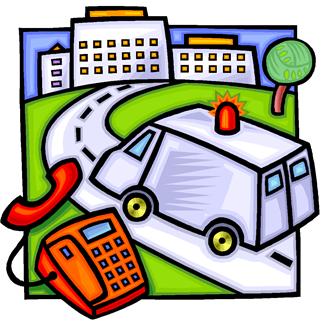
8) Create a group of hospitals that donate 10% of their facility revenue.
9) Write government regulation that requires property owners to donate 10% of their profit from properties that house medical facilities for the first year or ongoing.
10) Create a group of fitness clubs/gyms who will donate 10% of their membership to people who cannot pay for their own membership.
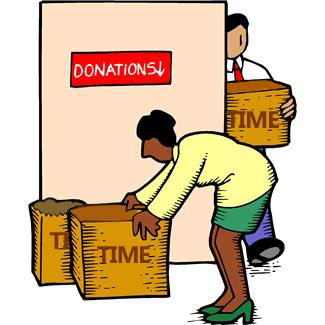 11) Require that any individual who utilizes the 10% plan services donate 10% of her time (if physically able) to tutoring people in literacy or some other crucial skill according to a chart that would equate skills donated with tutoring.
11) Require that any individual who utilizes the 10% plan services donate 10% of her time (if physically able) to tutoring people in literacy or some other crucial skill according to a chart that would equate skills donated with tutoring.
NOTE ABOUT DOCTORS
It is important to consider that, if the fees for doctor services are reduced by regulation, fewer people may want to become doctors and we will have fewer American-born doctors. The doctor population in the United States per 1,000 people (2.4) is under the average (3.1) for member countries in the Organization For Economic Cooperation And Development (OECD) according to a report from PBS NewsHour of October 12, 2012.
Further, tax incentives could be offered for anyone involved in the 10% gifting.
CONCLUSION
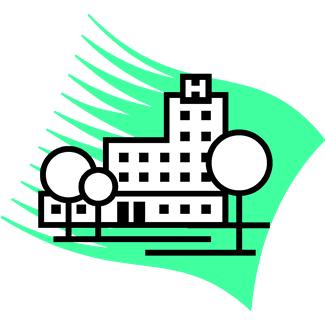 Health care costs are high due to fees for medical personnel, cost of equipment and facilities, intricacies of technology, cost of research. Because we are in the habit of wasting instead of conserving, we spend more than we have to – in time and in money. When we are ill, we like to see beautiful offices, rather than cheaply appointed office space with cracks, old paint and the smell of age. Sometimes, we even equate the ability of a professional staff with the grandeur of an office. As employees, we want to be paid for our work, and we should be.
Health care costs are high due to fees for medical personnel, cost of equipment and facilities, intricacies of technology, cost of research. Because we are in the habit of wasting instead of conserving, we spend more than we have to – in time and in money. When we are ill, we like to see beautiful offices, rather than cheaply appointed office space with cracks, old paint and the smell of age. Sometimes, we even equate the ability of a professional staff with the grandeur of an office. As employees, we want to be paid for our work, and we should be.
If we structure it properly and only 20% of the people involved in the health care world take up one of my suggestions, imagine the avalanche of good will it would create which would cause others to join in. Each of us would contribute, and we could begin to reverse rising costs. We’d be on our way.
The action steps above are an infrastructure of what could be done to control the cost of health care. They would certainly be a solution. The steps that suggest regulation are only food for thought and not meant reduce our right to thrive from profit and since enabling habit change works best through personal choice. The idea is to shift the responsibility of reducing health care costs to all of us.
This process is not going to work if we don’t make a human move. And the purpose of these suggestions is. It is to make us a tiny bit responsible for reducing health costs.
Let’s pick an action step and start now to show that rising health care has a solution.
SPECIAL NOTE
What if every place the action steps mention 10% were replaced with 1% of our time? Now that we entertained 10%, 1% would be easy. We have to step up to make the change. Let it be now.
____________________________________________________________________
FEEDBACK
Please leave a comment and LIKE.
DIANE GOLD, AUTHOR
Diane Gold, Founder of Warriors of Weight, Turning Habits Into Health, is a mentor in tai chi, kung fu and meditation, a music, fitness and stress expert, dedicated mom, studying plant-based nutrition.
She has been in and out of the health care field, as music and recreation therapist to differently enabled adults, as director of creative arts therapy to a day care program and through teaching tai chi and having to explain to people why tai chi is not yet insurance reimbursable. She says,
“The hand of prevention is reaching out to our generation. It is time we grabbed on and took it.
“There is scientific proof that we can diminish our health care costs and ethical concerns if we do not. Let us be diligent on behalf of all people so that we can work to creating available medical treatment through the reduction of health care costs.”

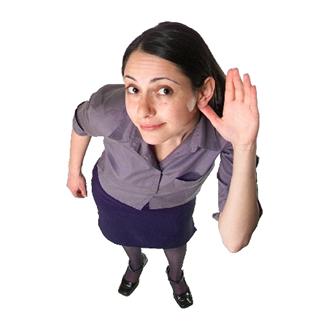 Hearing these words brought back a whole series of memories starting with a story my mother told me about her childhood. Now, I know that I have always been an explorer and that if a rule or tradition didn’t make sense to me, I always questioned it. I was encouraged to do so by both my parents.
Hearing these words brought back a whole series of memories starting with a story my mother told me about her childhood. Now, I know that I have always been an explorer and that if a rule or tradition didn’t make sense to me, I always questioned it. I was encouraged to do so by both my parents.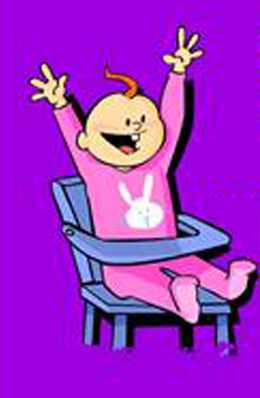 So, let’s backtrack to when my mom was one-year-old. (This photo is not my mom. Because of her free spirit, I believe she would laugh if she saw this representation. This photo is used with lots of love and memories of nurturing.) She told me that she loved to see a plate break on the floor, that she would laugh with abandon at this phenomenon. Maybe it was the excitement of seeing the pieces scatter. It was a favorite activity, nonetheless. And my grandfather used to buy her plates so that she could knock them off her highchair so that she could laugh and be free. Yes, he was liberated, too.
So, let’s backtrack to when my mom was one-year-old. (This photo is not my mom. Because of her free spirit, I believe she would laugh if she saw this representation. This photo is used with lots of love and memories of nurturing.) She told me that she loved to see a plate break on the floor, that she would laugh with abandon at this phenomenon. Maybe it was the excitement of seeing the pieces scatter. It was a favorite activity, nonetheless. And my grandfather used to buy her plates so that she could knock them off her highchair so that she could laugh and be free. Yes, he was liberated, too.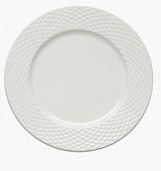 I did not throw plates, but I was encouraged to be my own person, ask questions about anything for the purpose of becoming a productive and liberated person. I can’t swear that my parents were thinking of the word “liberation” when they were raising me. They just saw no need to teach me to be seen and not heard as was and still is a popular method of child-rearing. Personally, I think this method can repress a child’s spirit and disable a child’s curiosity. Respect for elders and familial hierarchy can be taught in many ways, but free speech, in my opinion, should begin at the earliest of ages.
I did not throw plates, but I was encouraged to be my own person, ask questions about anything for the purpose of becoming a productive and liberated person. I can’t swear that my parents were thinking of the word “liberation” when they were raising me. They just saw no need to teach me to be seen and not heard as was and still is a popular method of child-rearing. Personally, I think this method can repress a child’s spirit and disable a child’s curiosity. Respect for elders and familial hierarchy can be taught in many ways, but free speech, in my opinion, should begin at the earliest of ages.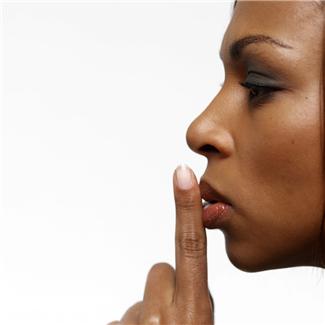 Let me clarify that many people raised in the “be seen and not heard” old-school philosophy are successful, happy, shining and wonderfully balanced. There are, however, many of us raised with restrictions every time we turn around, such as don’t speak unless we are asked a question, always be available as a servant to our parents, all friends must be researched for family stature and then brought to the house for approval; we are often stressed, repressed and depressed because of it. Certainly, we are rarely liberated and feel the pain of not being trusted.
Let me clarify that many people raised in the “be seen and not heard” old-school philosophy are successful, happy, shining and wonderfully balanced. There are, however, many of us raised with restrictions every time we turn around, such as don’t speak unless we are asked a question, always be available as a servant to our parents, all friends must be researched for family stature and then brought to the house for approval; we are often stressed, repressed and depressed because of it. Certainly, we are rarely liberated and feel the pain of not being trusted. 2) We don’t speak up due to our self-image. This usually has to do with the fact that we are younger, older, the minority sex in the group, the wrong sexual orientation, a woman whose place (in in someone else’s mind) is in the home, the wrong nationality, religion or socio-economic level.
2) We don’t speak up due to our self-image. This usually has to do with the fact that we are younger, older, the minority sex in the group, the wrong sexual orientation, a woman whose place (in in someone else’s mind) is in the home, the wrong nationality, religion or socio-economic level.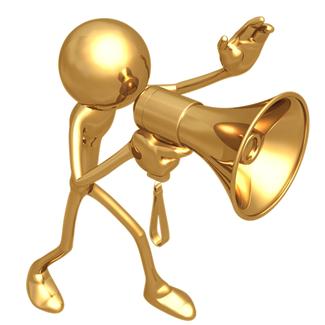 2)
2)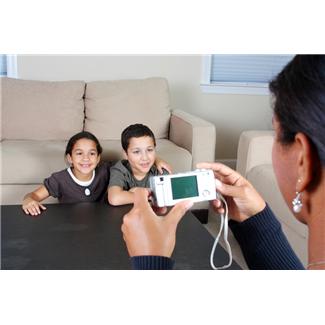
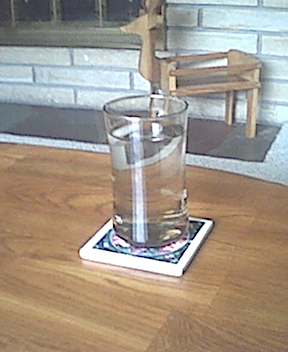 Water works on habit change. It has a profound influence on whatever we are doing. If we are working on changing a habit, we need it. If we are thirsty, the body is already deprived, but it hydrates us. Water flushes out toxins; it balances the chemicals that make us human; it combines with the nutrients from our food. It keeps our health.
Water works on habit change. It has a profound influence on whatever we are doing. If we are working on changing a habit, we need it. If we are thirsty, the body is already deprived, but it hydrates us. Water flushes out toxins; it balances the chemicals that make us human; it combines with the nutrients from our food. It keeps our health.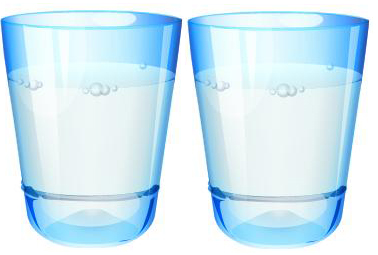 Before sitting down to eat (or even if we eat standing up), pour two glasses of water for ourselves. Before we allow ourselves to take a bite to eat, we drink all the water. We do this at every meal, including snacks.
Before sitting down to eat (or even if we eat standing up), pour two glasses of water for ourselves. Before we allow ourselves to take a bite to eat, we drink all the water. We do this at every meal, including snacks. We can think of the beautiful water supply from which it came, if it is clean water and conjure a picture of wonderful waterfalls surrounding it. Secondly, we can honor those who do not have clean water or any water at all by being grateful for the water in front of us. This mental exercise helps insure the water is drunk with no excuses.
We can think of the beautiful water supply from which it came, if it is clean water and conjure a picture of wonderful waterfalls surrounding it. Secondly, we can honor those who do not have clean water or any water at all by being grateful for the water in front of us. This mental exercise helps insure the water is drunk with no excuses.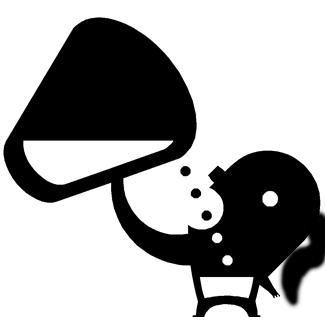
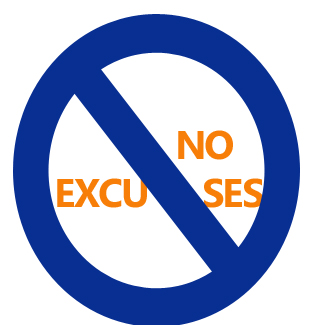 1) It’s not always convenient to stop and get water.
1) It’s not always convenient to stop and get water.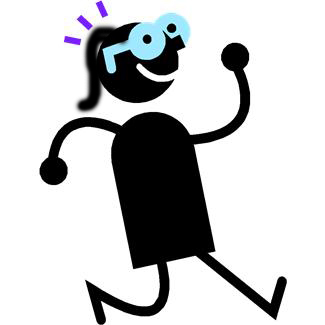 3)
3)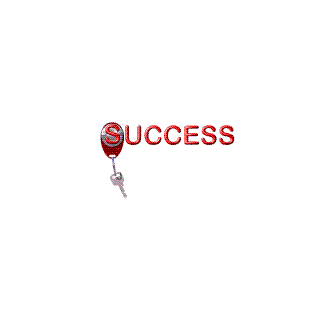 It would seem that it’d be hard to pinpoint one success habit that we need to succeed. But, it’s right in front of us and we all use it or lose it. The great thing is that everyone, more or less, can learn it. With respect to the developmentally delayed and emotionally fraught people I have and have not worked with and respect, it’s as easy as putting one foot in front of the other.
It would seem that it’d be hard to pinpoint one success habit that we need to succeed. But, it’s right in front of us and we all use it or lose it. The great thing is that everyone, more or less, can learn it. With respect to the developmentally delayed and emotionally fraught people I have and have not worked with and respect, it’s as easy as putting one foot in front of the other.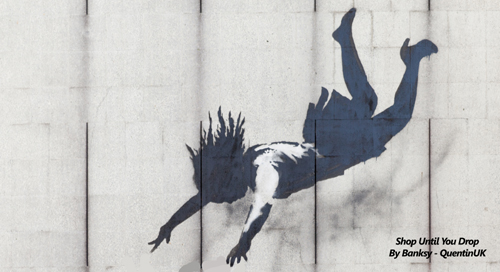
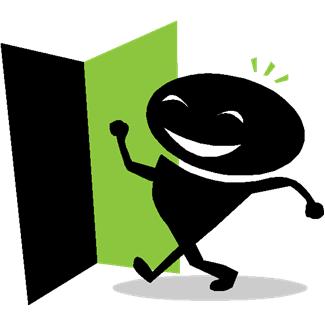 For just about anything,
For just about anything, 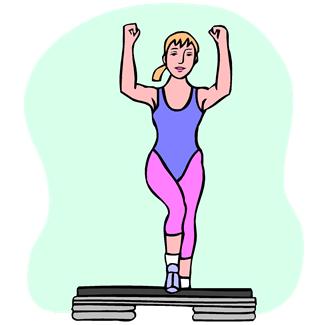
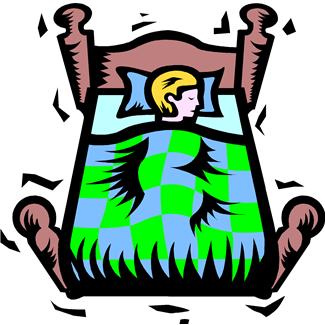
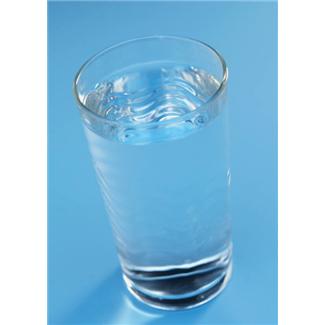 If we have experienced a chemical set back, meaning we have overeaten or done drugs or alcohol; our body will be in the fight or flight mode. Therefore, we will have to be aware that we will be getting cues to repeat the “fall” behavior. Every time we get our cue to do excess food or drugs or alcohol, we need to act according to plan.
If we have experienced a chemical set back, meaning we have overeaten or done drugs or alcohol; our body will be in the fight or flight mode. Therefore, we will have to be aware that we will be getting cues to repeat the “fall” behavior. Every time we get our cue to do excess food or drugs or alcohol, we need to act according to plan.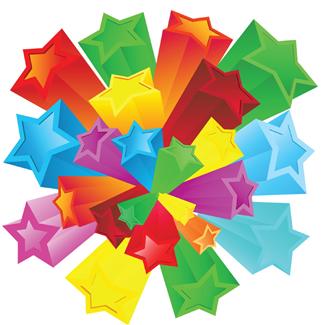 The important thing about learning the one necessary success habit is to follow through on a daily basis toward the goal we have set for ourselves. With substance abuse, when we get that urge, that cue to behave in a way that does not support our goals, we need to have a planned activity in mind so that we can take a positive action and get our reward. With losing face or money, the planned activity will be to take a step toward our goal within 24 hours AS IF we felt like it.
The important thing about learning the one necessary success habit is to follow through on a daily basis toward the goal we have set for ourselves. With substance abuse, when we get that urge, that cue to behave in a way that does not support our goals, we need to have a planned activity in mind so that we can take a positive action and get our reward. With losing face or money, the planned activity will be to take a step toward our goal within 24 hours AS IF we felt like it.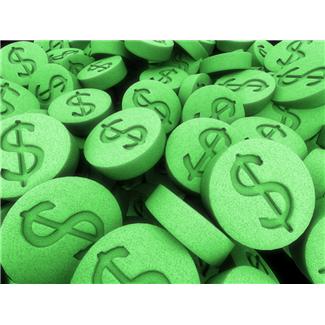
 The scientists who spend time researching what will do what to whom care about the outcome of their work as it will benefit humanity whether they work on drugs or supplements.
The scientists who spend time researching what will do what to whom care about the outcome of their work as it will benefit humanity whether they work on drugs or supplements. Usually, supplement inventors are in the field of medicine outside the allopathic medicine sphere, meaning they are not part of the set of doctors who treat patients only when a disease shows up. They are more part of the set of doctors or medical healers who look at preventing disease from happening in the first place. They have experience treating people on a more personal level, even possibly physically touching their bodies to heal them. Even without the physical aspect, the people who recommend supplements tend to think prevention first, pharmaceuticals afterwards.
Usually, supplement inventors are in the field of medicine outside the allopathic medicine sphere, meaning they are not part of the set of doctors who treat patients only when a disease shows up. They are more part of the set of doctors or medical healers who look at preventing disease from happening in the first place. They have experience treating people on a more personal level, even possibly physically touching their bodies to heal them. Even without the physical aspect, the people who recommend supplements tend to think prevention first, pharmaceuticals afterwards.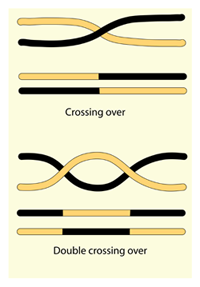 The interesting thing about this, and this is the cross-over point, is that, sometimes when the pharmaceutical industry sees a very lucrative supplement, they move to get it approved as a pharmaceutical so that they can market it.
The interesting thing about this, and this is the cross-over point, is that, sometimes when the pharmaceutical industry sees a very lucrative supplement, they move to get it approved as a pharmaceutical so that they can market it.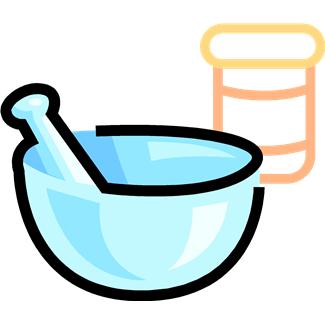 The cross-over point is obvious when we see some products sold as supplements in some countries but as drugs in others. Or consider that Belladonna, when my father was alive, was only available by prescription for gastrointestinal issues and the like. Now, it is available at the homeopathic store.
The cross-over point is obvious when we see some products sold as supplements in some countries but as drugs in others. Or consider that Belladonna, when my father was alive, was only available by prescription for gastrointestinal issues and the like. Now, it is available at the homeopathic store.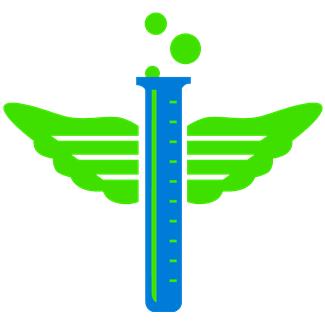 There is, at least, one drug company working on a cancer cure using the human immunodeficiency virus as a one-time cure. They will not be able to administer or sell the drug more than once, because the body cannot accept the treatment more than once. They are considering giving up their profit for the good will it will bring their company and so that they can be first to “cure” childhood cancer. Maybe they wish to show they are benevolent after losing a patent case in India (which the court said was “evergreening,” a technique of making a tiny change to an already patented drug so as to push the expiration date of that patent back for, you guessed it, cha-ching, longer profitability) which would have taken a different cancer drug and made it too expensive for most people who need it in developing countries. With the court ruling, generic companies can now reproduce the drug to help the poor.
There is, at least, one drug company working on a cancer cure using the human immunodeficiency virus as a one-time cure. They will not be able to administer or sell the drug more than once, because the body cannot accept the treatment more than once. They are considering giving up their profit for the good will it will bring their company and so that they can be first to “cure” childhood cancer. Maybe they wish to show they are benevolent after losing a patent case in India (which the court said was “evergreening,” a technique of making a tiny change to an already patented drug so as to push the expiration date of that patent back for, you guessed it, cha-ching, longer profitability) which would have taken a different cancer drug and made it too expensive for most people who need it in developing countries. With the court ruling, generic companies can now reproduce the drug to help the poor.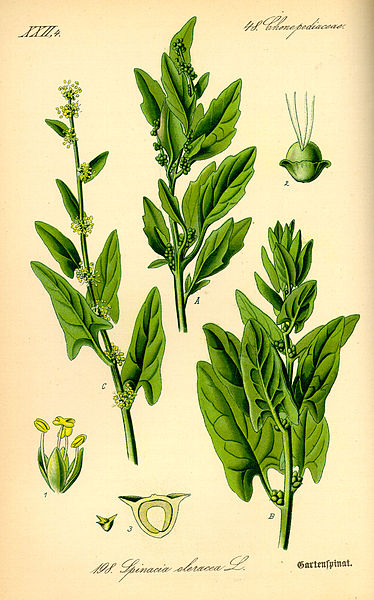
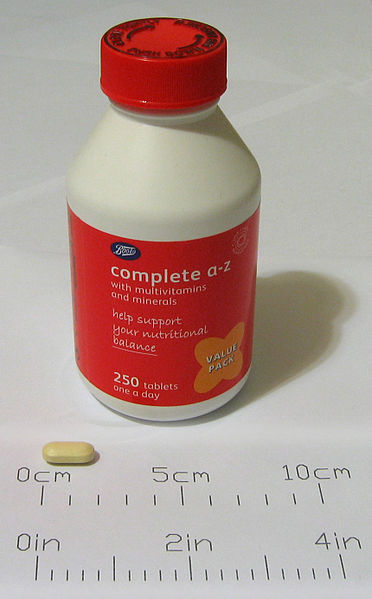 The Supplement Game is big in 2013, to the tune of over $60 Billion in total. There’s a supplement for every ache in our body, every ache in our mind and every blemish that plants itself on our body’s largest and only external organ, the skin. We are groomed from an early age to take our vitamins. In case this concept hasn’t been explored, it is a part of consumerism that is made into a habit at a very young age: daily vitamins caps.
The Supplement Game is big in 2013, to the tune of over $60 Billion in total. There’s a supplement for every ache in our body, every ache in our mind and every blemish that plants itself on our body’s largest and only external organ, the skin. We are groomed from an early age to take our vitamins. In case this concept hasn’t been explored, it is a part of consumerism that is made into a habit at a very young age: daily vitamins caps.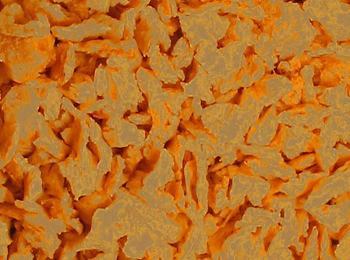 Plus, almost all the soy protein isolate, as it is usually listed in the ingredient section, is genetically modified, with many studies showing this process is detrimental to our health.
Plus, almost all the soy protein isolate, as it is usually listed in the ingredient section, is genetically modified, with many studies showing this process is detrimental to our health.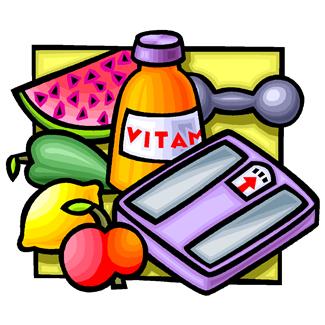 Let’s get back to how we get into the supplement game. We begin our journey being treated by doctors who do not have to take nutrition in school although some medical schools offer one class. We were schooled at places that offered us a choice between cardboard pizza, a processed cheese sandwich or an unidentified institutional meat with a few pieces of iceberg lettuce topped with two shreds of carrot and three shreds of red cabbage. Oh, yes, and milk, which has been proven to turn cancer on and off in rats (T. Colin Campbell’s The China Study).
Let’s get back to how we get into the supplement game. We begin our journey being treated by doctors who do not have to take nutrition in school although some medical schools offer one class. We were schooled at places that offered us a choice between cardboard pizza, a processed cheese sandwich or an unidentified institutional meat with a few pieces of iceberg lettuce topped with two shreds of carrot and three shreds of red cabbage. Oh, yes, and milk, which has been proven to turn cancer on and off in rats (T. Colin Campbell’s The China Study). Why not just eat a mushroom and get that potassium, copper, selenium, vitamin B and protein?
Why not just eat a mushroom and get that potassium, copper, selenium, vitamin B and protein?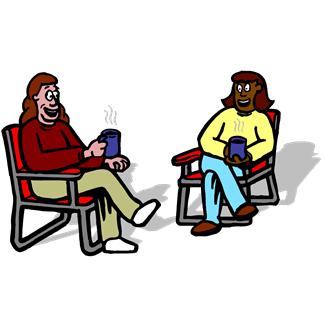
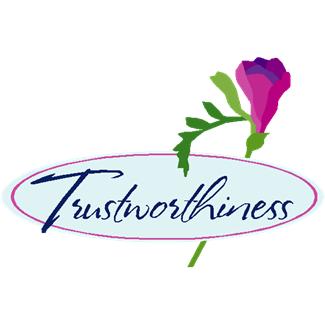 When we go to a medical professional for wellness or sickness services, we start to build habits. We learn that it is important to trust the doctor with both the body and the mind, or that’s how it was in the 1960s when I was young. We were taught we had to trust this person of medicine to care about us and that we could talk to them about anything that bothered us, even emotional issues.
When we go to a medical professional for wellness or sickness services, we start to build habits. We learn that it is important to trust the doctor with both the body and the mind, or that’s how it was in the 1960s when I was young. We were taught we had to trust this person of medicine to care about us and that we could talk to them about anything that bothered us, even emotional issues. Note that I am using the term doctor to mean the individual each of us has chosen to be our primary health care provider. Personally, I’m still looking.
Note that I am using the term doctor to mean the individual each of us has chosen to be our primary health care provider. Personally, I’m still looking.
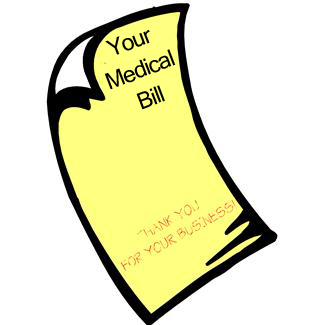 Next I received an invoice for $466. This was quite different from the $00.00 I had been told I would have to pay.
Next I received an invoice for $466. This was quite different from the $00.00 I had been told I would have to pay.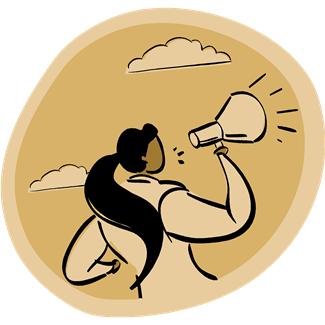 There is only one step:
There is only one step: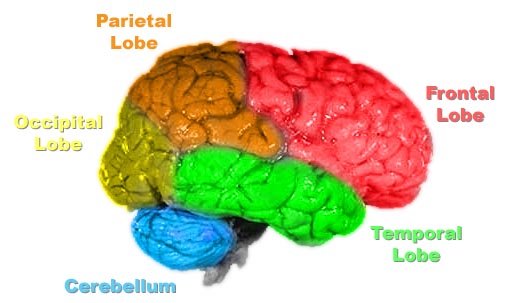 An MIT study last October at the McGovern Institute For Brain Research, authored by Kyle Smith, Ann Graybiel, et al, showed how rats continued their learned habitual behavior even when their reward was removed.
An MIT study last October at the McGovern Institute For Brain Research, authored by Kyle Smith, Ann Graybiel, et al, showed how rats continued their learned habitual behavior even when their reward was removed. Often times, we put tremendous value on what we do. If we write, we believe our writing helps the readership. If we compose, we are enamored with our own work. If we teach, we think we are the best. If we are fighters, we believe we are the best.
Often times, we put tremendous value on what we do. If we write, we believe our writing helps the readership. If we compose, we are enamored with our own work. If we teach, we think we are the best. If we are fighters, we believe we are the best. 2) PASSING JUDGMENT
2) PASSING JUDGMENT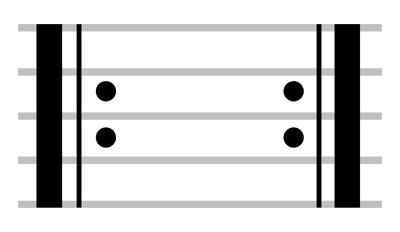 In order for these action steps to take shape, we must repeat them over and over, each time we have the opportunity. The idea is to change the habit of inflexible mind we have instilled in ourselves, and instill a new one, the habit of flexible mind. It requires self-mind training, as with any habit!
In order for these action steps to take shape, we must repeat them over and over, each time we have the opportunity. The idea is to change the habit of inflexible mind we have instilled in ourselves, and instill a new one, the habit of flexible mind. It requires self-mind training, as with any habit! Have a question about a habit, nutrition, plant-based nutrition, tai chi, music, parenting, life? Ask here and, if we don’t know the answer, we will ask our qualified panelists and professional colleagues to help get you your answer.
Have a question about a habit, nutrition, plant-based nutrition, tai chi, music, parenting, life? Ask here and, if we don’t know the answer, we will ask our qualified panelists and professional colleagues to help get you your answer.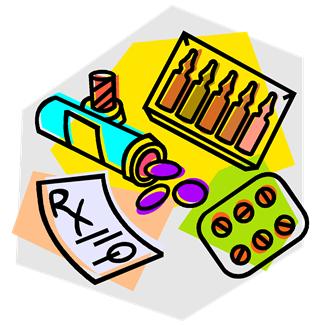 Through the medical model to fix what ails, doctors are schooled in drug therapy. This is super fantastic since drugs are miraculous helpers. But, there are preventive disciplines that have little to do with pharmaceuticals; they teach us how to live and thrive without drugs.
Through the medical model to fix what ails, doctors are schooled in drug therapy. This is super fantastic since drugs are miraculous helpers. But, there are preventive disciplines that have little to do with pharmaceuticals; they teach us how to live and thrive without drugs.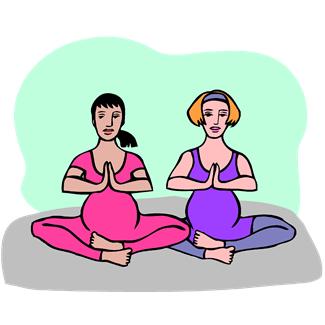
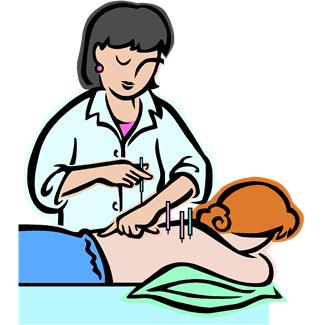
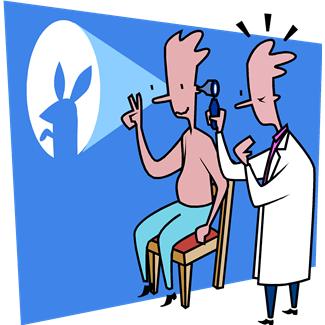 Of course, there are loads of habits we have developed over the years. They are so ingrained, sometimes we can’t identify which are based on learned facts, on nebulous supposition, on familial traditions.
Of course, there are loads of habits we have developed over the years. They are so ingrained, sometimes we can’t identify which are based on learned facts, on nebulous supposition, on familial traditions.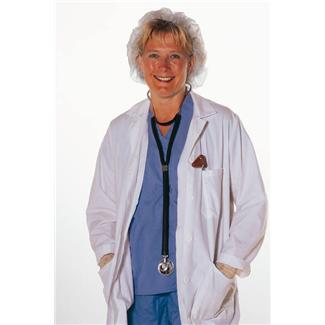 3)
3) One truth is this: the more times we do any behavior; the less offensive it becomes to us, the more we think it supports our positive lifestyle, the less foreign it becomes, the poorer our judgment becomes about the behavior and the easier it is to keep doing it.
One truth is this: the more times we do any behavior; the less offensive it becomes to us, the more we think it supports our positive lifestyle, the less foreign it becomes, the poorer our judgment becomes about the behavior and the easier it is to keep doing it.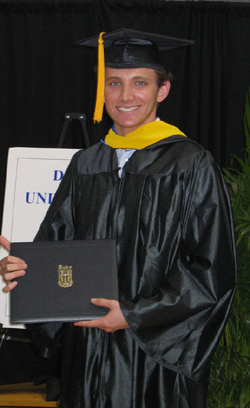
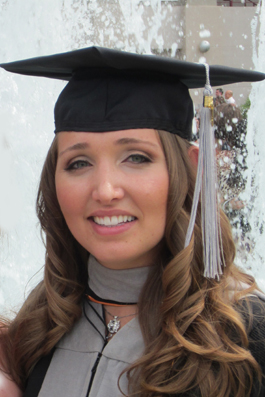
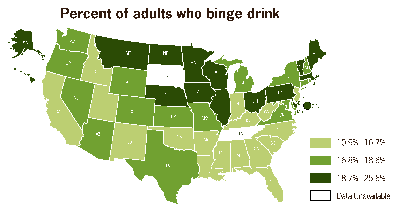
 We understand that when people say, “Oh, why don’t you just have one,” when speaking about any consumables whose “one” would trigger a series of unhealthy behaviors; it is we who choose our actions. The Greek aphorism “Know Thyself” comes into play; if we have the control to consume “one,” great. If having “one” will trigger having 100 after that, we choose and smile about it. Usually, the “one” act leads to 5,000 more of that “one” action, so the decision to abstain is preferable.
We understand that when people say, “Oh, why don’t you just have one,” when speaking about any consumables whose “one” would trigger a series of unhealthy behaviors; it is we who choose our actions. The Greek aphorism “Know Thyself” comes into play; if we have the control to consume “one,” great. If having “one” will trigger having 100 after that, we choose and smile about it. Usually, the “one” act leads to 5,000 more of that “one” action, so the decision to abstain is preferable.